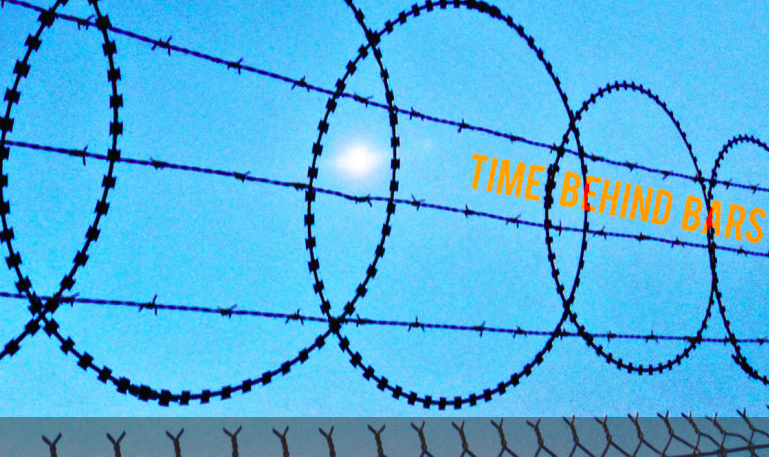Getting Closer: The Art of Self-Disclosure
By Jeremy Dean, Ph.D. (excerpt)
In explaining how people form strong relationships, psychologists – along with other social scientists – have long been interested in what personal information people reveal to each other.
Not just deep and meaningful
Research on self-disclosure is enormous, addressing issues such as when people choose to self-disclose, for what reasons and whether it is effective. Within this research though, Greene, Derlega and Mathews (2006) point out some highlights.
Self-disclosure brings to mind earnest conversations about our deepest hopes and fears. But self-disclosure is also about simply sharing our preferences for music, food or books. These can play an equally important role in forming relationships as those deep and meaningful conversations.
“ But not all disclosure is good disclosure. Early studies on self-disclosure confirm that too much self-disclosure too soon can be off-putting. When someone you’ve just met starts pouring out their heart, it can make you want to run away.
Effectiveness
One of the main reasons we engage in self-disclosure is because of how it affects other people’s perceptions of us, and indeed, our perceptions of other people. We want others to like us so we tell them our secrets. Does this really work or is it just a fantasy peddled by movie and TV script-writers?
Reviewing a range of studies, Collins and Miller (1994) found there are three main effects of self-disclosure on liking:
- Those who disclose intimate secrets tend to be more liked than those who don’t.
- People disclose more to those they like (relatively obvious).
- People prefer those to whom they have made personal disclosures (not so obvious).
Being responsive
While increasing intimacy between people through self-disclosure is often seen as ‘a good thing’, there are many ways it can go wrong.
“People want to be ‘understood’ not just ‘heard’.”
Again, you can disclose too much too soon. More importantly, self-disclosure is not just about blurting out your darkest secret, it’s about negotiating a complex relationship.
Process models of self-disclosure have looked at how disclosures are dynamically dealt with in relationships. The way in which you react to the self-disclosure of others is of vital importance. People want to be ‘understood’ not just ‘heard’. This is demonstrated through behaviours like responsiveness, attentiveness and timing. The way in which listening occurs has a huge impact on whether intimate information grows and blooms or falls on fallow ground.
The art of self-disclosure
The idea that self-disclosure is important in relationships is no big surprise. But while it may be easy to understand in principle, the complexity of the process means it’s much harder to do in practice. The art of self-disclosing, then, is giving information to others in the right way and at the right time. Receiving intimate information is no less of a skill, involving the verbal and nonverbal communication of understanding. Online dating offers the huge temptation to cheat at self-disclosure, but, to be successful, the art of self-disclosure is much the same in the online world as the offline.
References
Collins, N., & Miller, L. (1994). Self-disclosure and liking: a meta-analytic review. Psychological Bulletin, 116(3), 457-75.
Gibbs, J., Ellison, N., & Heino, R. (2006). Self-Presentation in Online Personals: The Role of Anticipated Future Interaction, Self-Disclosure, and Perceived Success in Internet Dating. Communication Research, 33(2), 152.
Greene, K., Derlega, V., & Mathews, A. (2006). Self-disclosure in personal relationships. In: A. L. Vangelisti, D. Perlman (Eds.). Cambridge Handbook of Personal Relationships. Cambridge: Cambridge University Press.
About the author
Dr Jeremy Dean is a psychologist and the author of PsyBlog and HealthiestBlog.com. His latest book is “Making Habits, Breaking Habits: How to Make Changes That Stick“. You can follow PsyBlog by email, by RSS feed, on Twitter and Google+.











